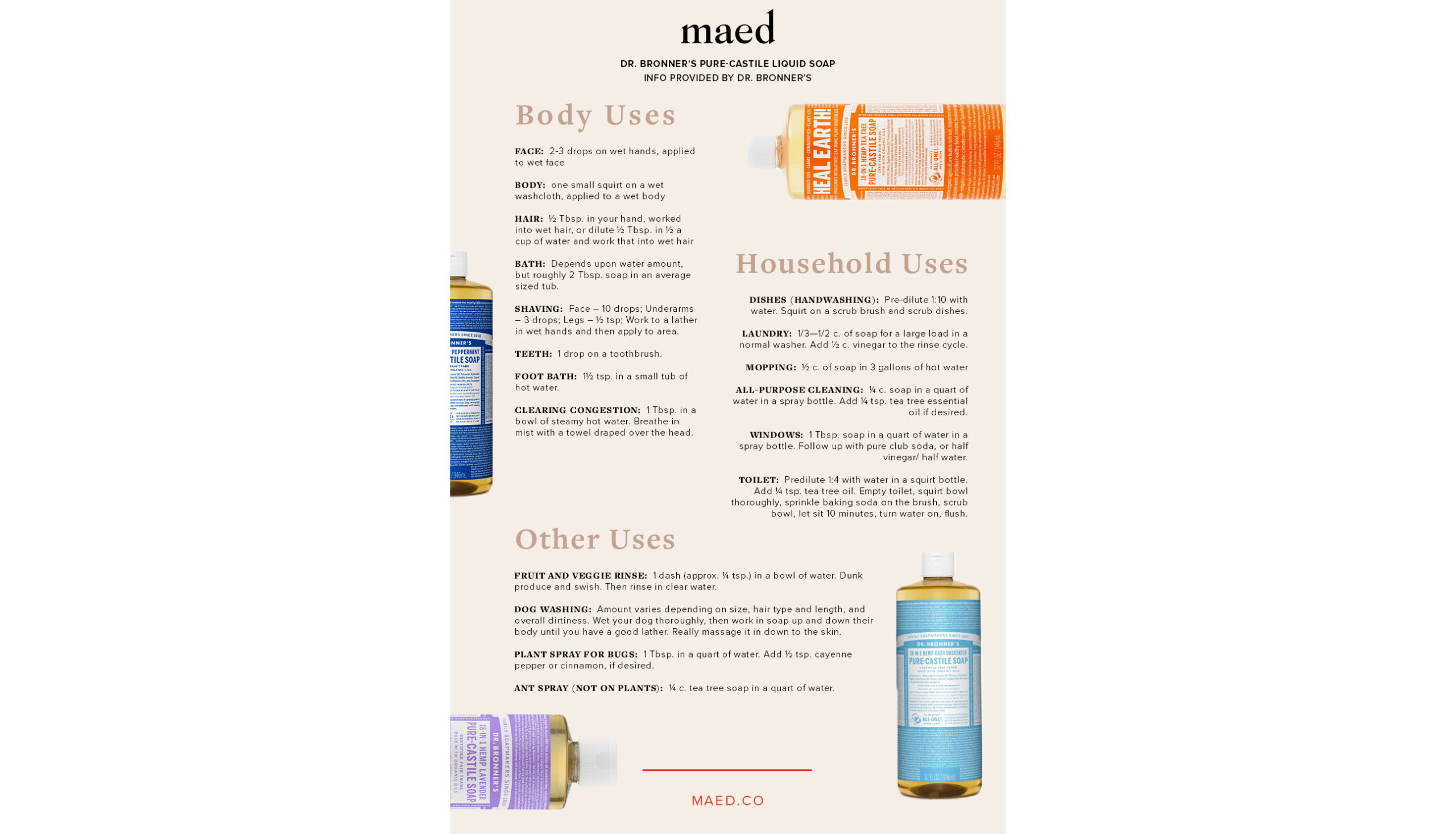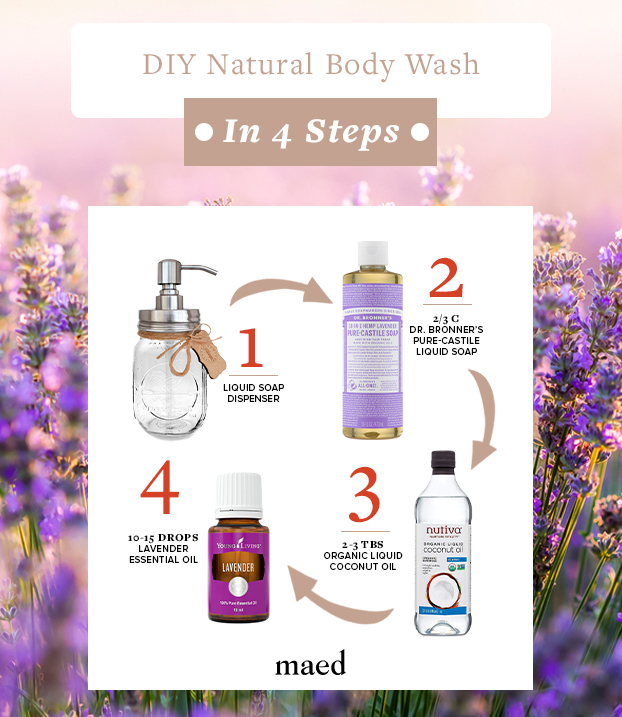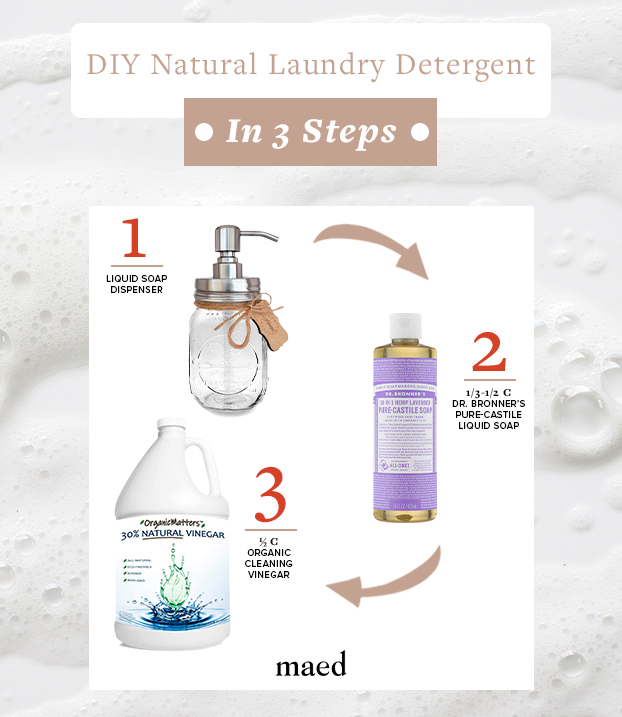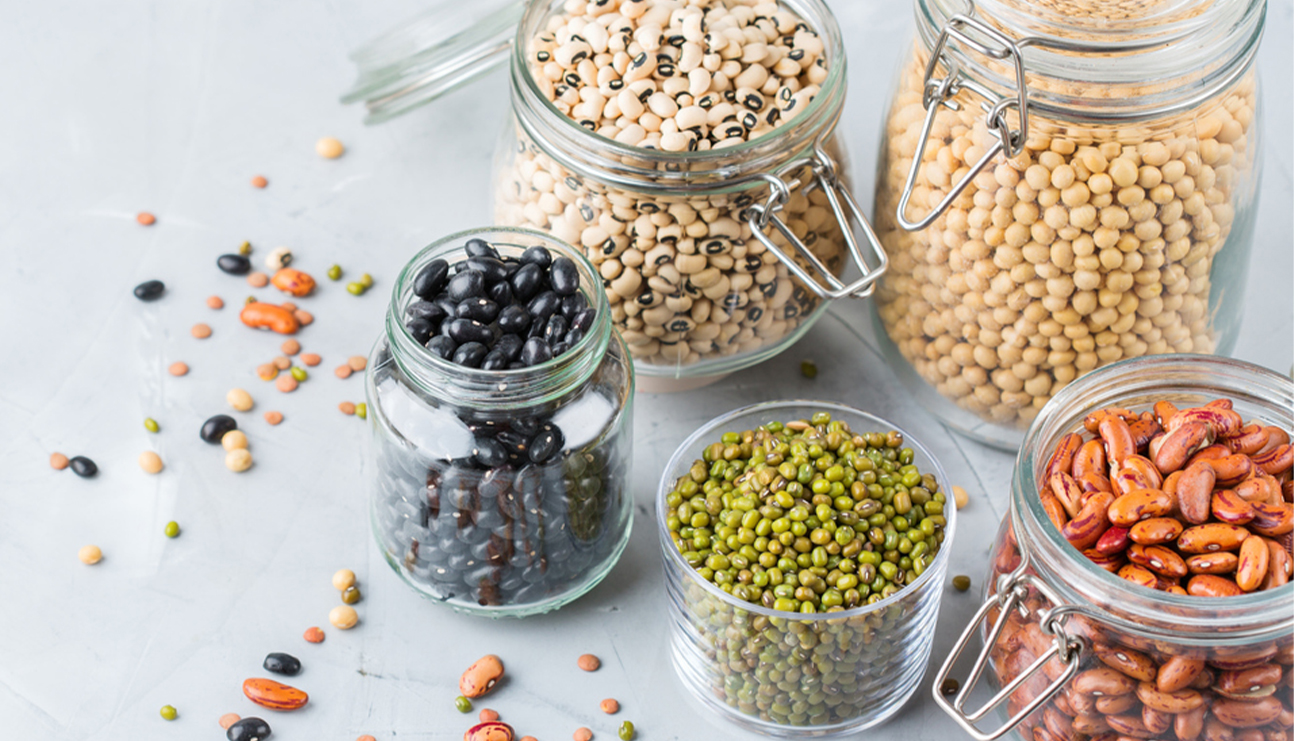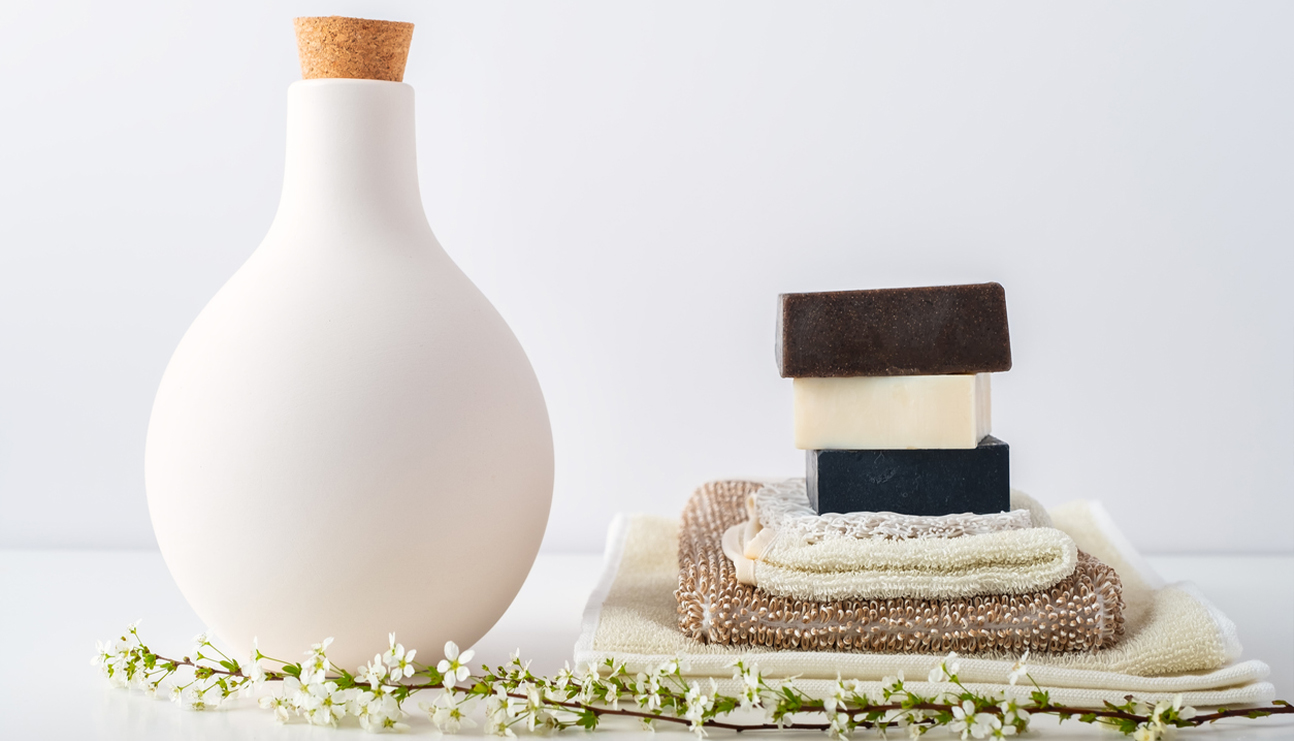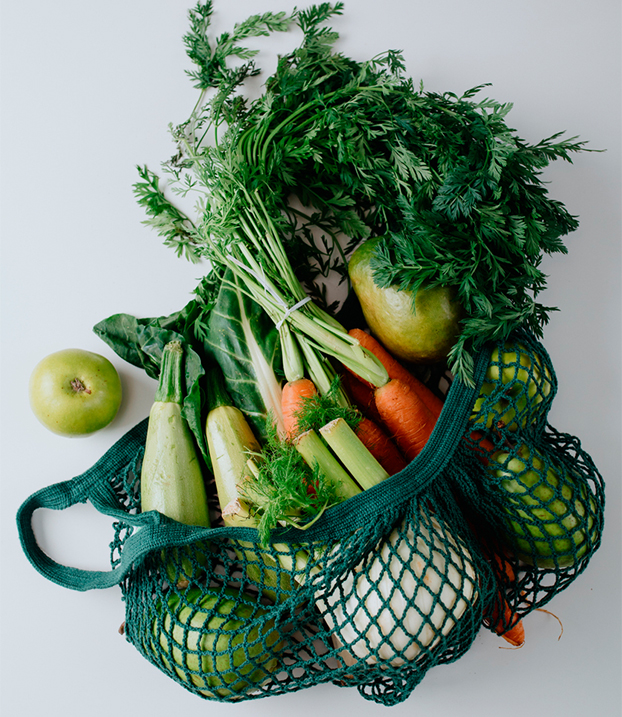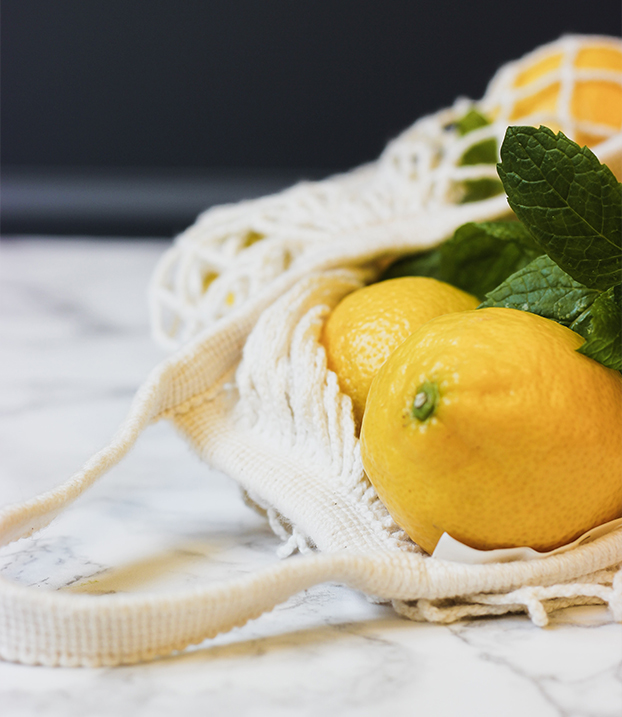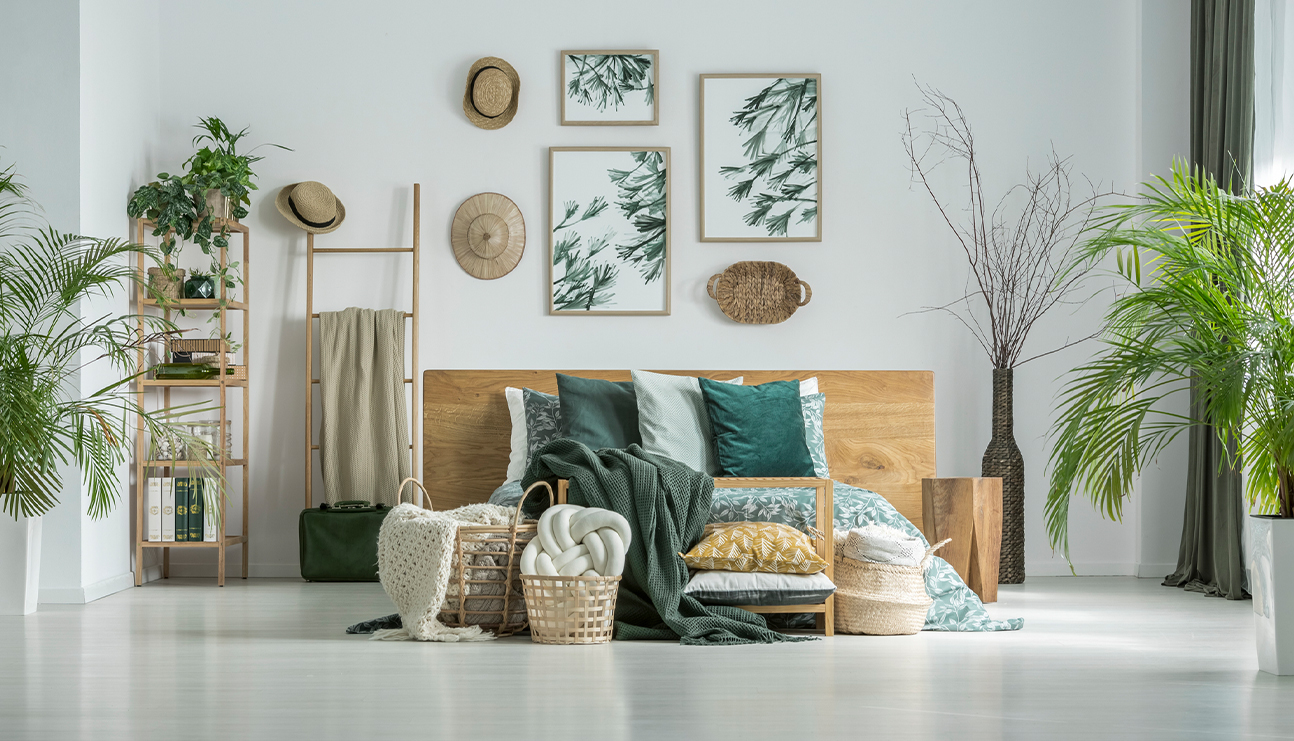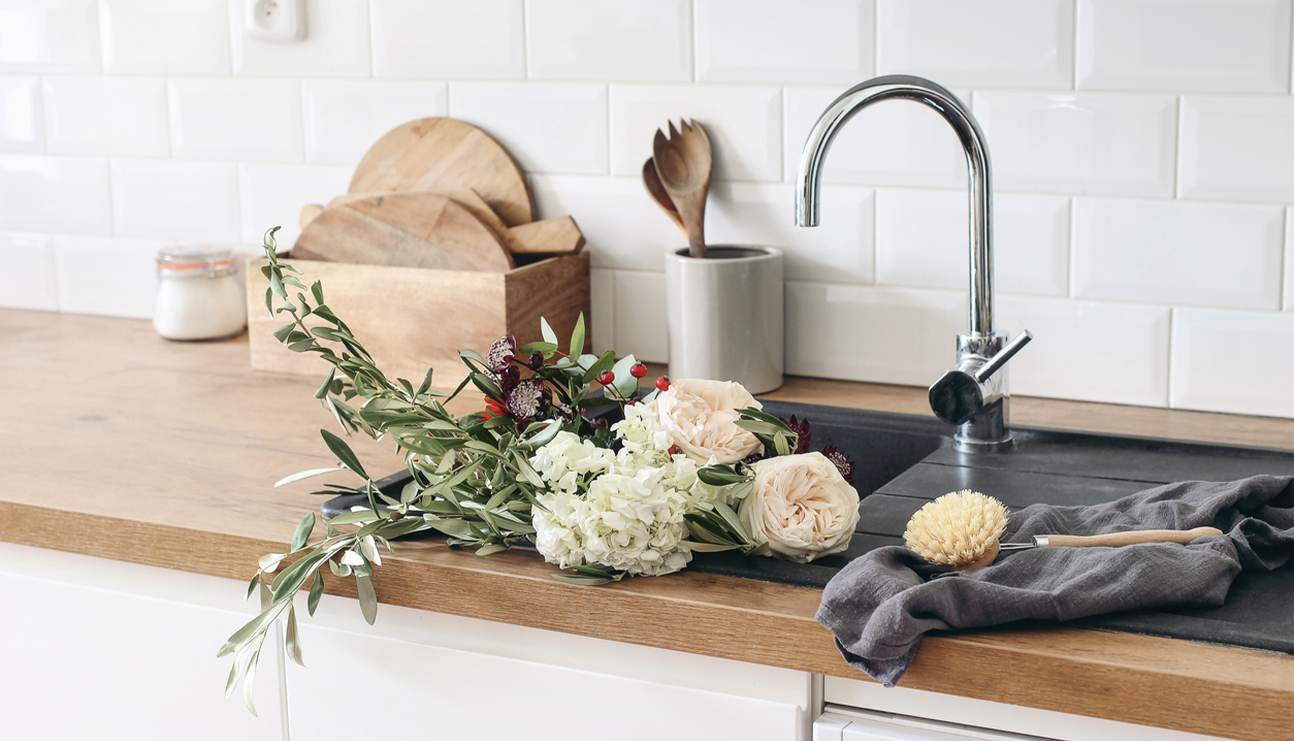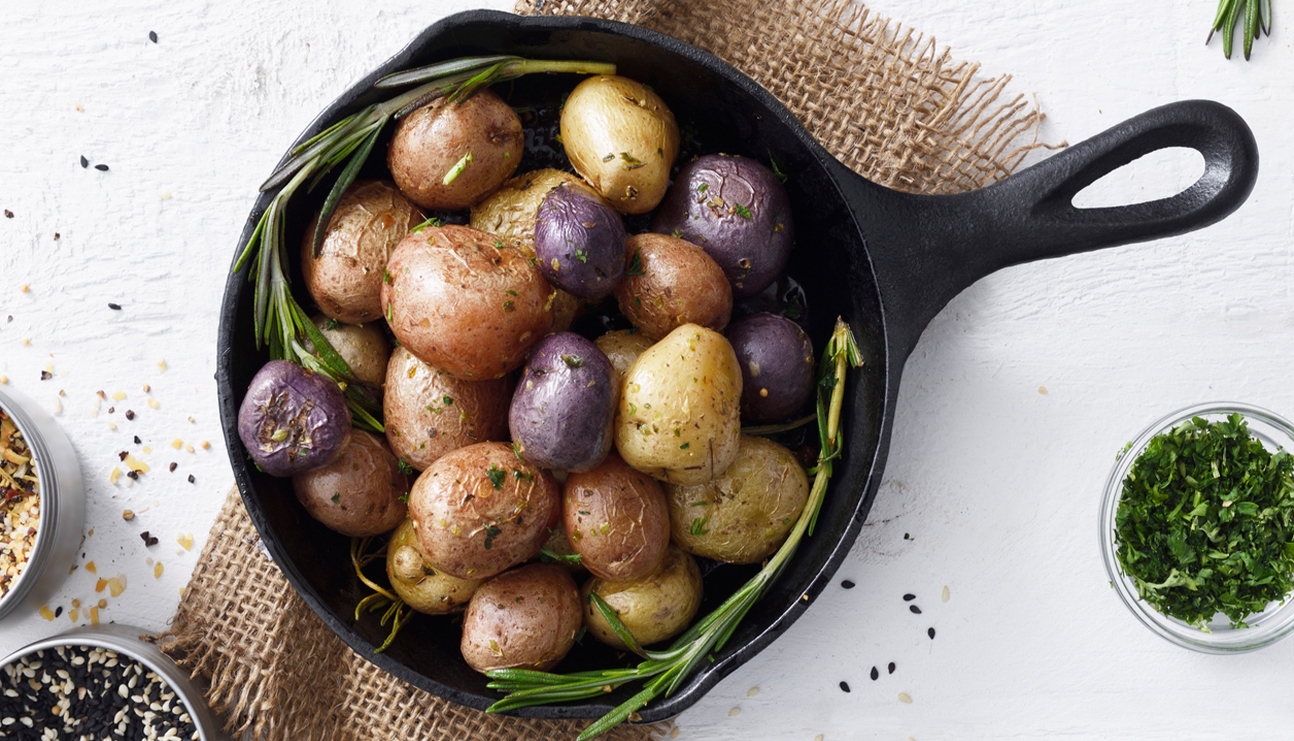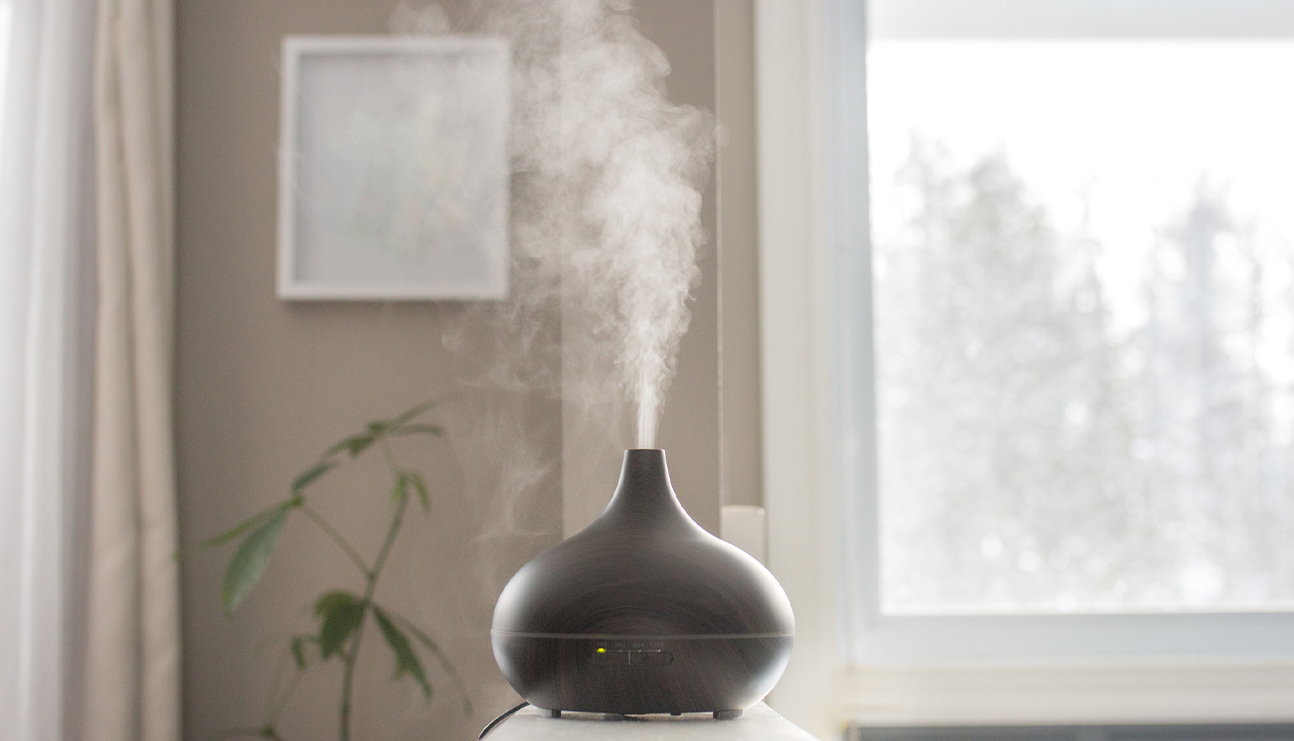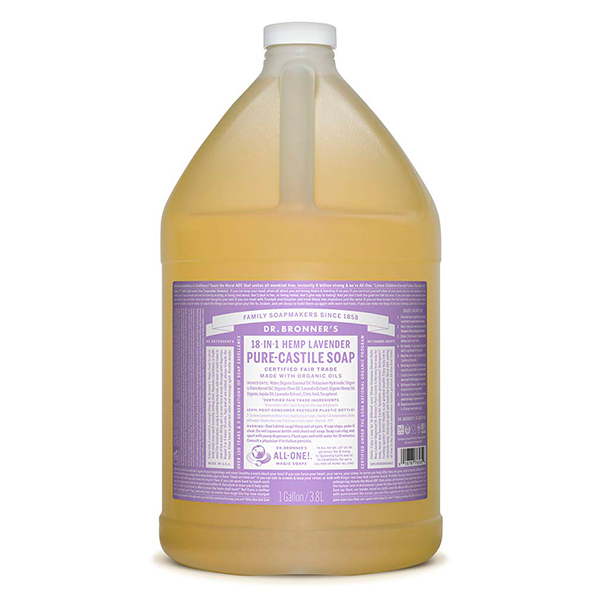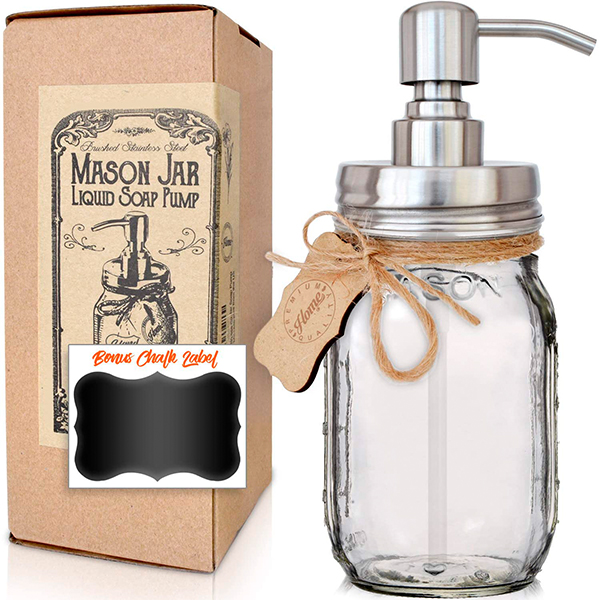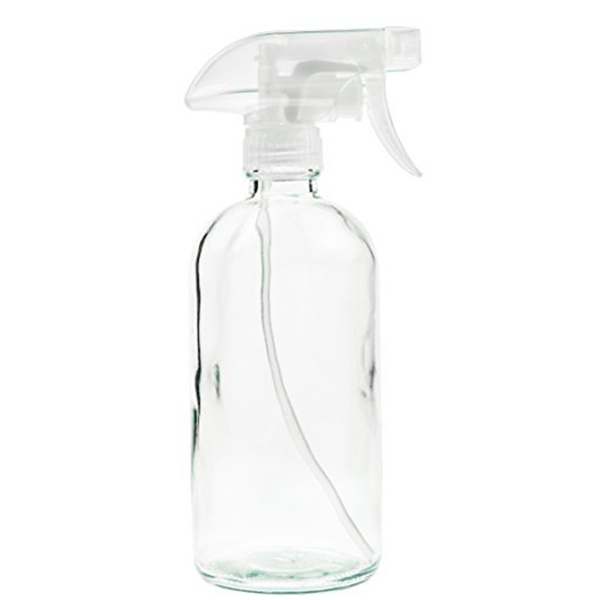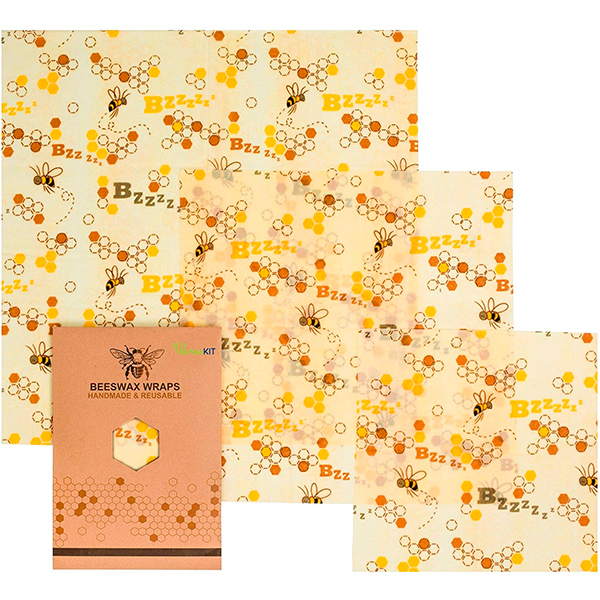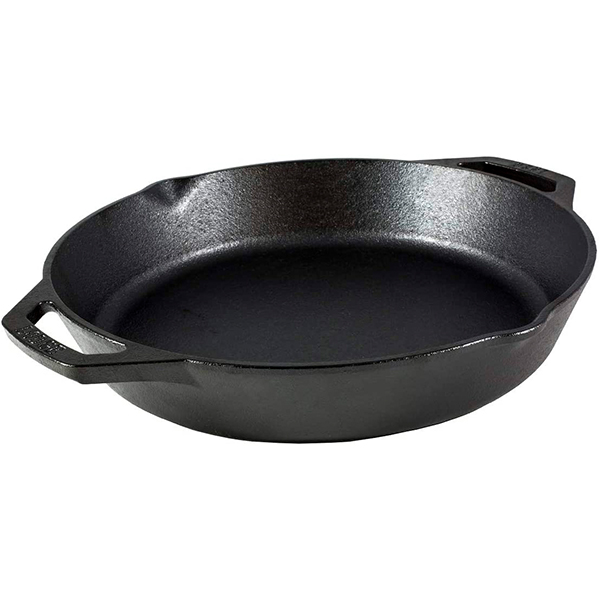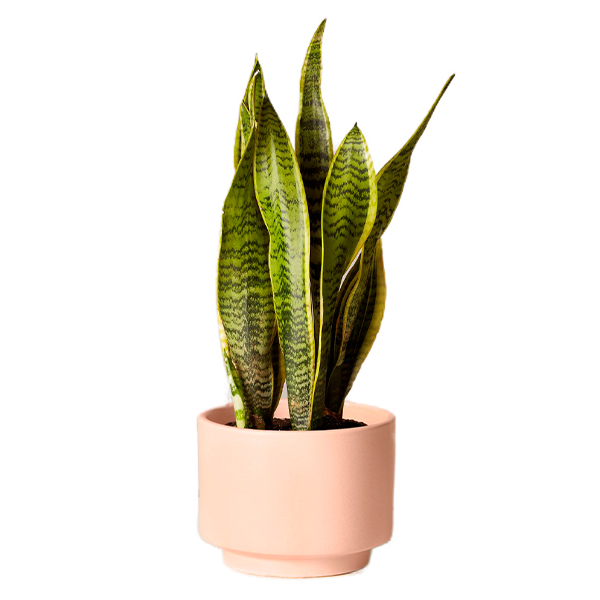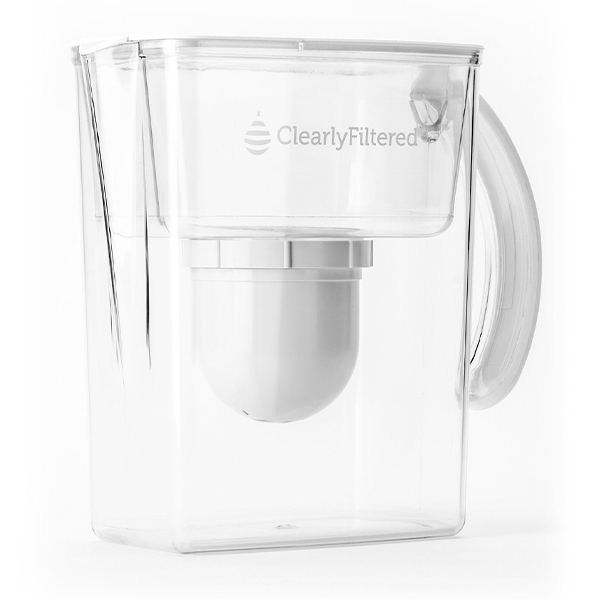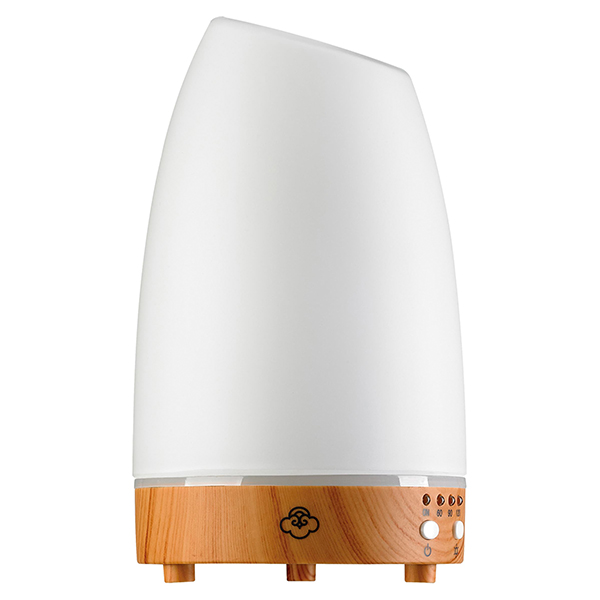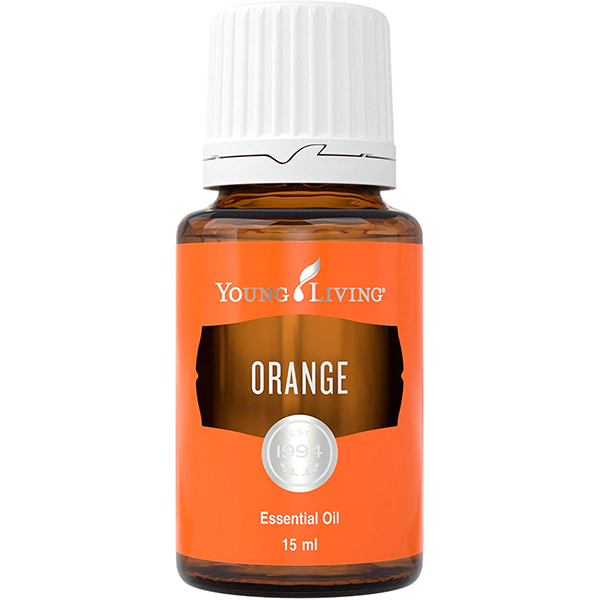9 Ways to Reduce Harmful Toxins and Chemicals in Your Home
Denise Vasi
The home should always feel like a safe space where we can relax and let our guard down, especially right now, with many of us spending so much more time inside. Unfortunately, unbeknownst to some of us, toxins and chemicals are lurking all over our homes. Making right now, the perfect time to give our whole house a detox. Here’s how to reduce the toxins in your home:
Ditch the Toxic Cleaning Products
This one is easier than you think—natural cleaning products are just as effective as the chemical-based stuff and making the switch doesn’t have to be costly either. Vinegar—especially cleaning vinegar—can be used to disinfect surfaces without bleach and a bottle of Dr. Bronner’s is a multitasker that everyone needs in their cleaning arsenal. Castile soap can be used for dishes, laundry, mopping, toilets, and more. With the volatile organic compounds (VOCs), phthalate-containing fragrances, asthma-causing fumes, and skin irritants in conventional cleaners, this is a switch that can make a massive difference in reducing toxins in your home.
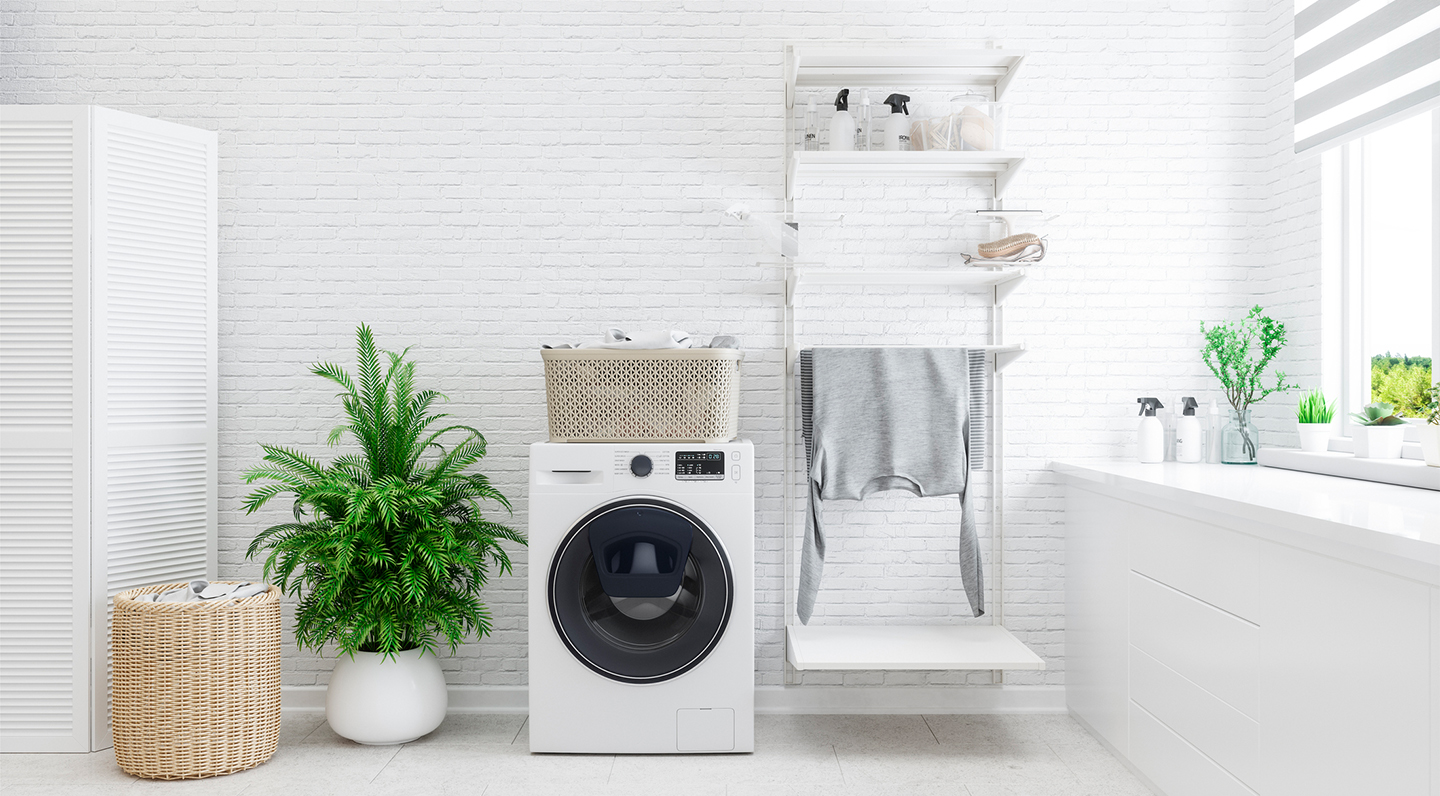
Change Your Laundry Detergent
Laundry detergents can be miracle workers when it comes to tough stains, but unfortunately, they accomplish this with dangerous cationic enzymes. Even some of the “less toxic” laundry detergents can still irritate the skin and eyes. Make your own inexpensive natural laundry detergent by using ⅓ to ½ cup of Dr. Bronner’s castile soap and adding ½ cup of vinegar to the rinse cycle for a large laundry load in a standard washer, or use half the amount for an HE washer.
Detox Your Food Storage
Most people use plastic containers, wrap, or aluminum foil to save meals for later, but phthalates, BPA, and other endocrine-disrupting chemicals can leach into your food. Instead, try glass food storage (mason jars are great!), beeswax food wrap, or food-grade silicone. By detoxing your food storage, you’re not just switching to a safer alternative, you’re also creating less waste, which is also a win for the planet.
Embrace Clean Beauty
Skincare products and makeup are applied directly to your skin, which can be absorbed straight into your bloodstream, replacing conventional beauty products with clean alternatives is an impactful way to reducing your body’s intake of harmful chemicals.
Know the Dirty Dozen
Every year, the Environmental Working Group releases a list of the 12 fruits and vegetables that are most likely to have toxic pesticide residues—the Dirty Dozen. These are the 12 fruits and vegetables you should buy organic if you don’t have the budget to go 100% organic in the kitchen. For 2020, the Dirty Dozen are:
Strawberries
Spinach
Kale
Nectarines
Apples
Grapes
Peaches
Cherries
Pears
Tomatoes
Celery
Potatoes
Add Some Greenery
Plants are having a real moment, and it’s not just because of their good looks. Plants are a natural, inexpensive way to purify the air in your home. According to NASA’s Clean Air Study, Chinese evergreens, spider plants, peace lilies, snake plants, English ivy, and other inexpensive houseplants can filter harmful chemicals like formaldehyde and benzene xylene, and ammonia from the air we breathe.
Filter Your Water
A whole-house water filtration system is a significant financial investment, but it’s also a sure-fire way to remove heavy metals, chemicals, rust, sediments, and microorganisms from all of your water. Let’s not forget that your skin is our largest organ and will absorb some of whatever is left in your water when showering and taking a bath.
At a minimum, you should filter the water you drink because your water could also contain lead, arsenic, and even e.coli. Not all water filters remove all contaminants; make sure the one you purchase is NSF-certified and, for best results, has two-stage filtration, which removes contaminants using two separate filtration methods.
Toss the Teflon
Yes, non-stick cookware makes cleanup super easy, but it’s also risky for your health thanks to the PFOA used to manufacture it—studies have linked PFOA exposure to cancer, and WHO lists it as a possible carcinogen. Not only are non-toxic pots and pans healthier for you, but they’ll also last decades, so they’re worth the investment. Teflon coating on non-stick cookware inevitably starts peeling, which means it needs to be replaced, so over time, you’ll spend less money if you use a good cast iron pan instead.
Freshen Your House Naturally
Use a diffuser and essential oils to freshen your home and reap the aromatherapy benefits as a bonus. Plug-in and aerosol air fresheners contain VOCs, which can cause headaches, harm pets, cause eye, nose, and throat irritation, and may even be carcinogenic. Get creative and try your own custom blends—Lavender, Frankincense, & Orange is one of my favorite combos.
Reducing the toxins in your home doesn’t need to feel overwhelming. Commit to make the change, figure out where you want to start, and then slowly make the transition.




